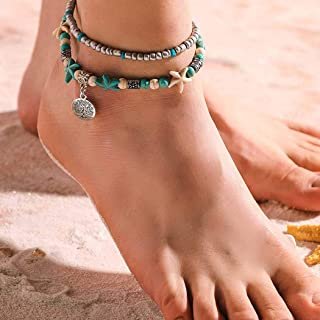Why ankle chains are most controversial fashion piece in Nigeria
The anklet, also known as an ankle chain, ankle bracelet, ankle string, and leg chain, is the most contentious fashion item in Nigeria.
The most common English word for the item is anklet, whereas leg chain is a common layman's term.
Wearing anklets is not a new phenomenon; it has been around for a long time. It is a tradition, and whether we like it or not, some practice, good or bad, remains with us.
Anklets have been around since the beginning of time. According to research, elder ladies in Africa and Egypt used similar anklets to demonstrate beauty, prestige, charm, and individuality in India.
Anklets have been popular among both young and old ladies worldwide, and are now considered a fashion accessory. Along with the nose ring and waist beads, the use of these anklets among women has become the most contentious fashion in Nigeria.
While anklets are commonly used as a fashion accessory, cultures and religions ascribe diverse meanings to them.
'Sarkan kafa' are anklets in Hausa. In the Hausa culture, a lady is free to wear a leg chain, but only if no one else may see it save her lawfully wedded spouse. Her spouse is the only one who is supposed to see the chain and hear it jiggle everytime she walks. In a word, the leg chain represents marriage and ornamentation in northern Nigerian Hausa culture.
The anklet represents status, prosperity, and beauty in Igbo culture. Elephant tusks, beads, and brass anklets are utilized in cultural dances, festivals, and other cultural occasions such as coronations and chieftaincy titles.
Finally, it was worn in Yoruba culture to represent the emblem and spirit of children. Because the beads are mostly worn by Chiefs, they are more symbolic than ornamental. These are the reasons why leg shackles are worn by these legendary tribes and by women.
Another widespread misunderstanding that crosses tribes is that the anklet represents lesbianism. Some consider it as a technique of notifying persons of the same gender that you are interested in them and that they can approach you.
While it is vital to respect people's customs and beliefs, it is equally necessary to avoid passing judgment on those who wear anklets. It's better to let individuals make their own choices - whether it's waist beads, nose rings, or leg chains - and think of them as accessories only. People should approach these issues with an open mind, accept women's choices, and learn not to condemn women solely on their physical appearance.






